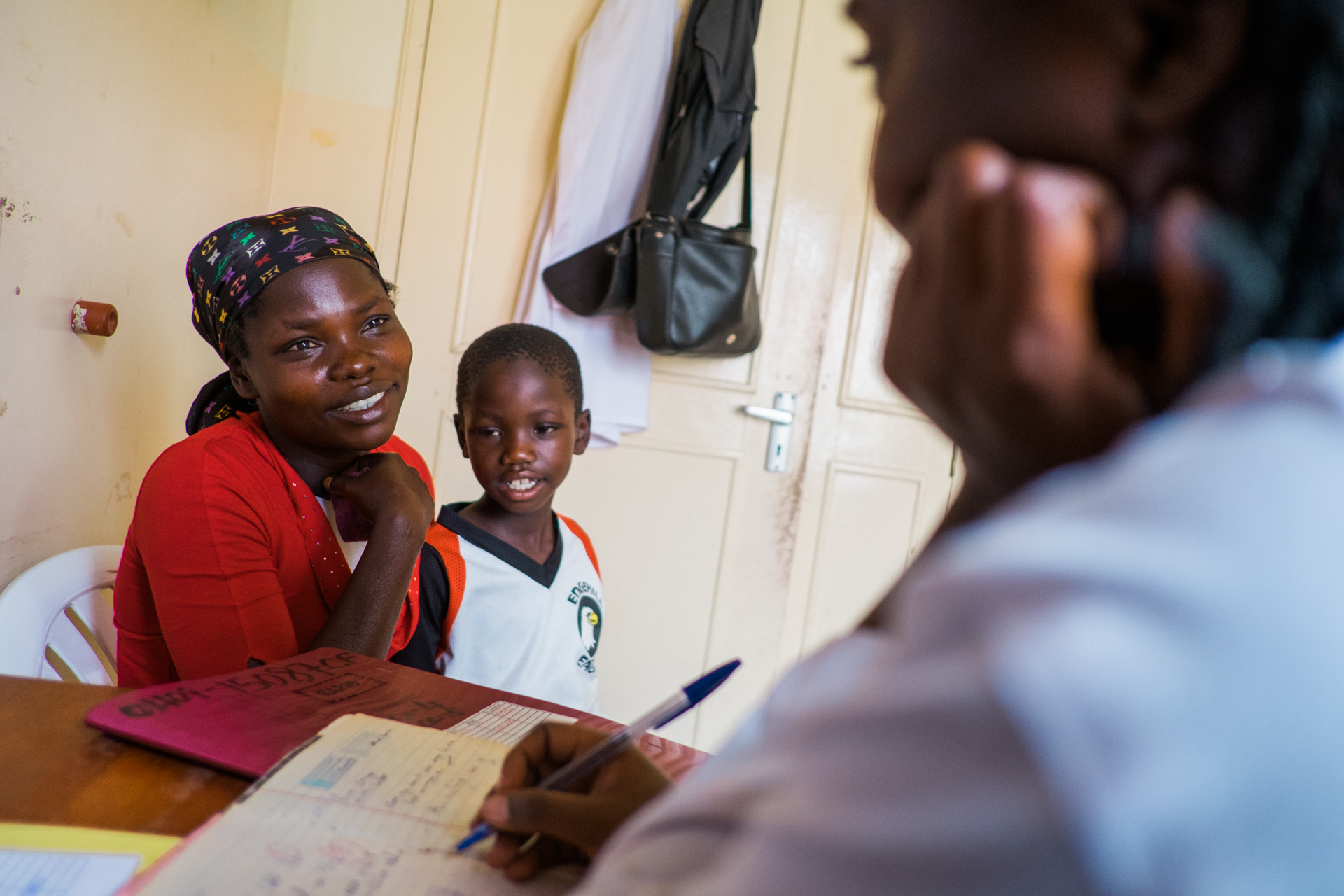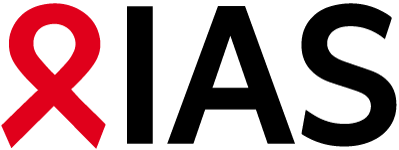What is community-led monitoring?
Community-led monitoring (CLM) is a social accountability mechanism led by communities to identify and articulate the health issues, service issues or inequalities they face. Communities routinely gather data at health services or other sites, analyse it, and use it to inform action.
CLM has existed in many forms for decades. It is used for a range of issues, including quality of HIV, tuberculosis, malaria, and COVID-19 services, abuse of human rights, the state of sexual and reproductive health and rights, threats to the environment, and climate change.
There is strong evidence that CLM can improve the quality, effectiveness and impact of programmes. In CLM, communities engage directly with services and service recipients. They analyse findings and then advocate and engage with stakeholders in government and other sectors to identify and implement solutions based on the findings. Communities with established CLM programmes often pinpoint and address challenges before they become major problems. CLM programmes can strengthen channels of communication between communities, government and policy makers. Often, CLM builds trust and identifies pathways to rapid action.
What kinds of programmes is CLM for?
Community-led monitoring programmes have been an integral part of HIV, TB and malaria health services for more than a decade – and, indeed, have yielded the most robust evidence of CLM impact in the health arena.
CLM was included in the US President’s Emergency Plan for AIDS Relief country planning guidance in 2020 and is a condition for PEPFAR funding of country-based programmes.
CLM is an important part of the objectives of the 2023-28 strategy of the Global Fund to Fight AIDS, Tuberculosis and Malaria, which has funded CLM in more than 60 countries to date.
UNAIDS, the global partnership of UN agencies working to end the AIDS pandemic by 2030, has documented the impacts of CLM. These include:
- Improvements in health systems and improved health outcomes:
- Drastic reductions in medication stock outs (Democratic Republic of Congo)
- Increased childhood immunization rates and decreased absenteeism and wait times (Uganda)
- Increased viral load testing coverage, HIV virologic suppression and understanding of the link between undetectable viral load and “untransmittable” (U=U) status (South Africa, Zambia)
- Removal of barriers to accessible health services:
- Abolition of user fees for HIV-related services, a major barrier to uptake of services (several countries)
- Identification of requirements and/or clinic protocols that deter individuals from seeking care, and successfully implementing changes to ensure access for all (Malawi, South Africa, Uganda and others)
- Rapid responses to emergent pandemic and outbreak threats:
- Shifts towards multi-month prescriptions and other interventions that have decongested clinics and ensured continuity of care (India, Togo and others)
CLM can be used in other disease areas and contexts, including primary health care, immunization, and pandemic preparedness and response. This site is intended to showcase evidence of the impact of CLM across disease areas and link people with resources on CLM evidence and implementation.
Find out more about CLM:

